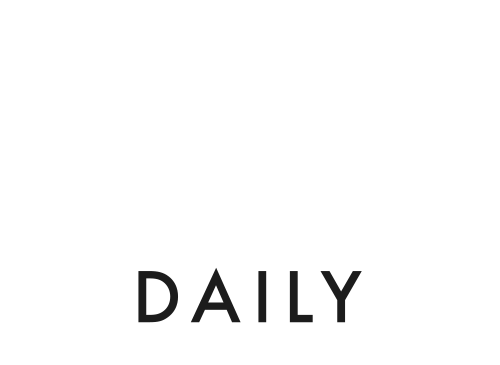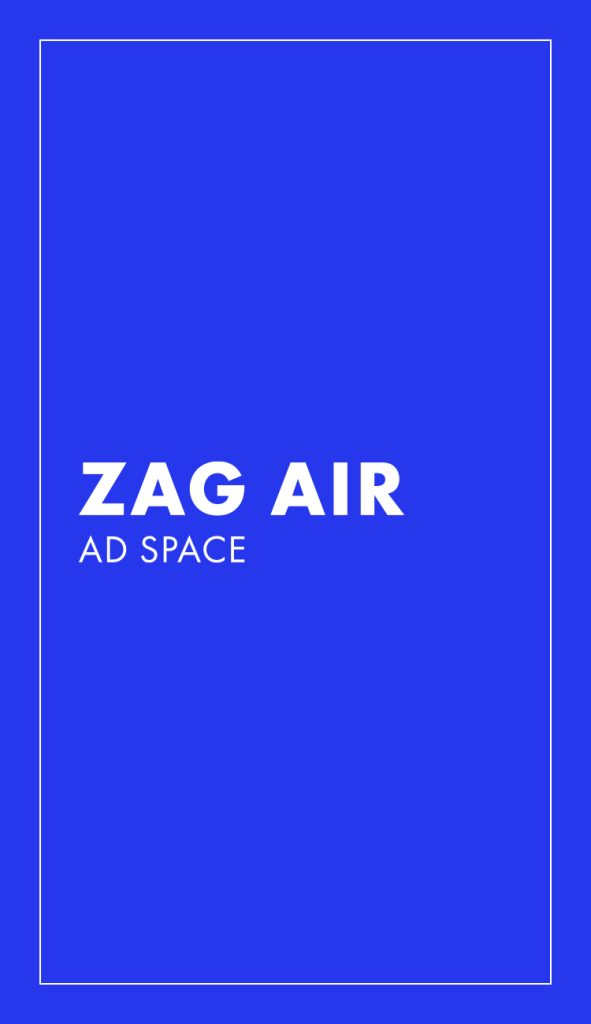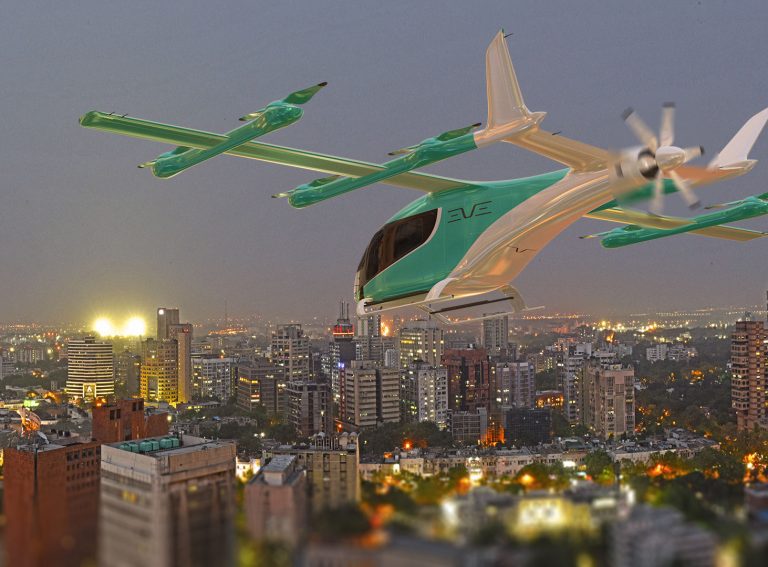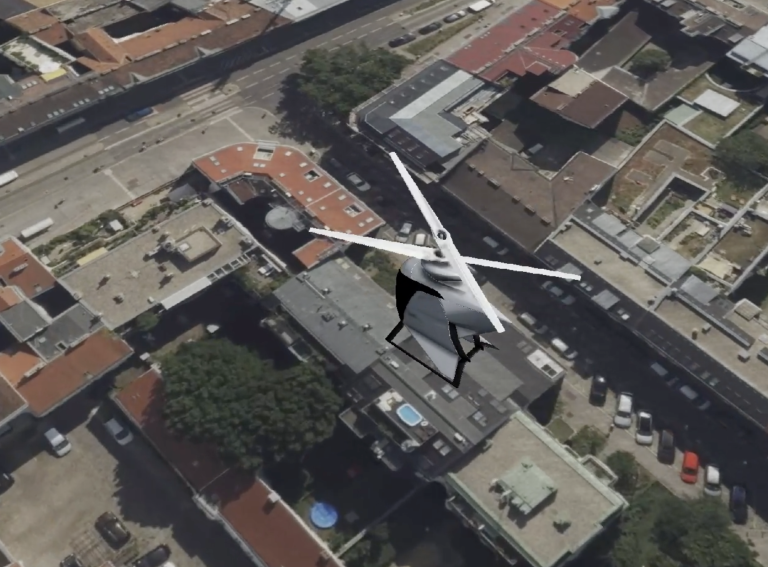ZeroAvia, a hydro-electric technology company, has received a G-1 Issue Paper (Stage 2) from the Federal Aviation Administration (FAA) for its 600kW electric propulsion system (EPS).
This regulatory milestone confirms the certification basis for the EPS, bringing ZeroAvia closer to commercial deployment of its hydrogen-electric technology.
The 600kW EPS is a core component of ZeroAvia’s ZA600 hydrogen-electric powertrain, designed for aircraft with up to 20 seats. The company has already flight-tested a prototype in the UK aboard a Dornier 228 and is working with Textron Aviation to certify the powertrain for the Cessna Grand Caravan. The FAA approval sets the foundation for full certification, which will also be pursued with the UK Civil Aviation Authority (CAA).
“This is a critical step on our path to certifying and delivering hydrogen-electric propulsion,” said Val Miftakhov, Founder and CEO of ZeroAvia. “Achieving a first certification will be a monumental achievement for our team and the aviation industry, unlocking clean, efficient, and affordable air transport worldwide.”
Beyond its own aircraft programs, ZeroAvia is also marketing its electric propulsion technology separately, supplying components for battery, hybrid, and fuel-cell-powered aircraft, including fixed-wing planes, rotorcraft, and UAVs. The company opened a 136,000-square-foot Propulsion Center of Excellence in Everett, Washington, last year to support production.
The Broader Push for Clean Aviation
ZeroAvia’s progress comes amid increasing momentum in alternative propulsion. While Universal Hydrogen folded in 2024, industry giants like GE Aviation and Pratt & Whitney are advancing hybrid-electric systems, and Airbus is working on hydrogen infrastructure through its GOLIAT project. The challenge, however, remains in scaling hydrogen infrastructure to support widespread adoption.
To address this, ZeroAvia has demonstrated hydrogen refueling capabilities in the UK and is partnering with Shell to develop supply chains.
The company has submitted its first full hydrogen-electric engine for certification in the 20-seat aircraft category and is developing a larger powertrain for 40–80 seat regional aircraft.




